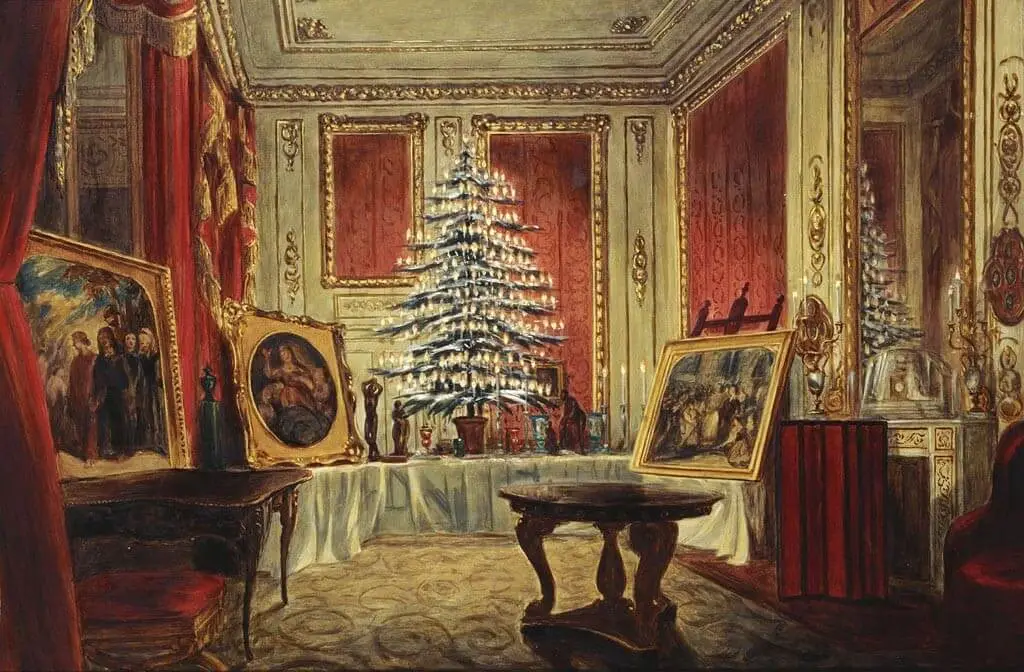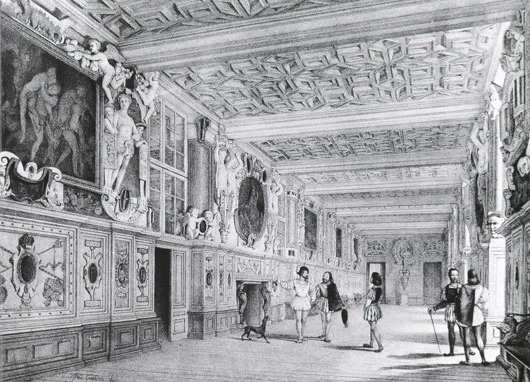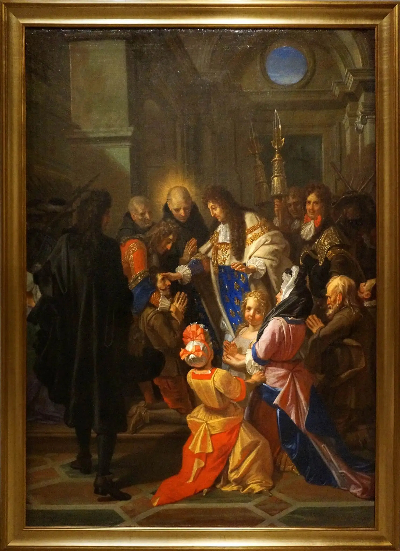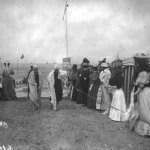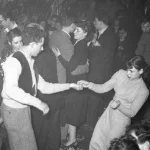A Christmas with the French kings !
J&L History
J&L Paris invites you to celebrate the holidays with the French kings!
Christmas and the holidays divide people between excitement, joy, song (hello Mariah!) or weariness, anxiety and indigestion. However, it was completely different with the Ancien Regime (Monarchy). We actually had to wait the middle of the XIXth century for the common holidays’ symbols to appear: family diners, gifts exchanges and Christmas tree. Today, they picture in our mind the celebration of Jesus‘ birth or the Winter solstice.
Christmas, from origin to catholic traditions.
Christmas and the holidays divide people between excitement, joy, song (hello Mariah!) or weariness, anxiety and indigestion. However, it was completely different with the Ancien Regime (Monarchy). We actually had to wait the middle of the XIXth century for the common holidays’ symbols to appear: family diners, gifts exchanges and Christmas tree. Today, they picture in our mind the celebration of Jesus‘ birth or the Winter solstice.
“L’Avent et Noël sont des journées très pieuses et dédiées à la prière “
Christmas in French, « Noël », was probably born from two different roots: from latin natalis dies (birthday) or from gaulois noio hel (new sun, so solstice). Both of them make sense, because celebrating the rebirth of the sun is one of the oldest pagan tradition and the Nativity is the oldest Christian feast. However, the word Christmas“celebration” doesn’t mean the same thing under the Monarchy and today. The French kings are Catholics and obtain their power from God thanks to the Coronation. Therefore, the Advent and Christmas are very important pious days dedicated to pray, beside some exceptions…
The watchwords at the French court: Prayers and banquets!
In 1539, King Francis the Ist has to welcome King Charles Quint while he is crossing over the country from Spain to Gant. It is at Fontainebleau castle, the event happens, from December 24th to 30th. On the edge of the forest, they organize fancy spars and at the castle threshold, a tournament. The kings walk through a temporary triumphal arch where musicians and singers are on a tribune. Impressed by the palace and its brand new gallery designed by Primatice, the Spanish are disappointed by the Midnight mass, too short, but love the Grand Christmas mass the next day and the scrofula ceremony.
The King is « thaumaturge », indeed he heals by God’s will. This tradition, the king touches these sick scrofula people is one of the French Court event of the day before Christmas. Then, in the XVIIth century in Versailles, Louis the XIVth respects it and imposes a day of remembrance, confessing and working all along December 24th, and parties and fun are forbidden! Around 9pm, the King takes a Fast-meal, in the Advent continuity, made of fish and crustaceans. Our traditional oysters plate would come from this time. At 10pm, the King, his family and the Court go to the Royal Chapel for the Midnight mass. Since the VIIth century, it has been divided in three masses: the Angel mass, the shepherd mass and the Divine verb mass.
“Ainsi, à Versailles, Louis XIV respecte ce moment, tout en imposant une journée de recueillement, se confessant et travaillant, où fêtes et divertissements sont interdits ! “
Once it is over, it is Meat-meal time to end the fast. Goose, capon, turkey (from the Spanish India or America at this period), fine meat dishes, exotic or rare compose this diner with wine of champagne, much appreciated in the French Court, with glazed chestnut that Louis the XIVth loves.
On December 25th is celebrated the great feast and the grand Christmas mass. This pious tradition is respected until King Louis the XVIth. Under Louis the XVth and until the French Revolution, they organize another event for Christmas: the exhibition of the most beautiful porcelains of Sèvres in the “Porcelain Salon” in the king’s private apartment. Then, invited princes and lords buy them to finance the factory.
But, what about the gifts and the Christmas tree?
During that time, the gifts are kind of tips made of money or gold snuffboxes, like omen for the future year to come. The king, his family and the courtesans offer them to the people of their choice for the New year, even though sometimes they are given a bit earlier, probably explaining the reason of Christmas gifts.
“Et le sapin, lui nous vient tout droit d’Allemagne ! C’est grâce à Hélène de Mecklembourg qui épouse en 1837 le duc d’Orléans, fils du roi Louis-Philippe. “
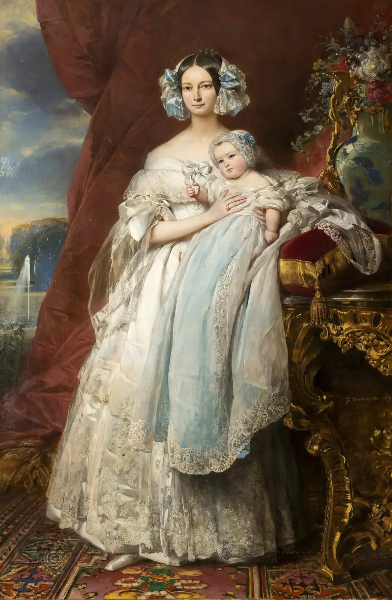
And the tree, comes from Germany ! Thanks to the princess Hélène de Mecklembourg who marries the son of Kind Louis-Philippe, the Duc of Orleans in 1837. Her mother-in-law, Marie-Amelie, surprises her with an ornated Christmas tree in her salon to remind her of Germany and its tradition. This custom settles and remains as a letter from the princess attests in 1844 to the tree is enlighten and surrounded by gifts in the middle of the room like the new King of the feast!



